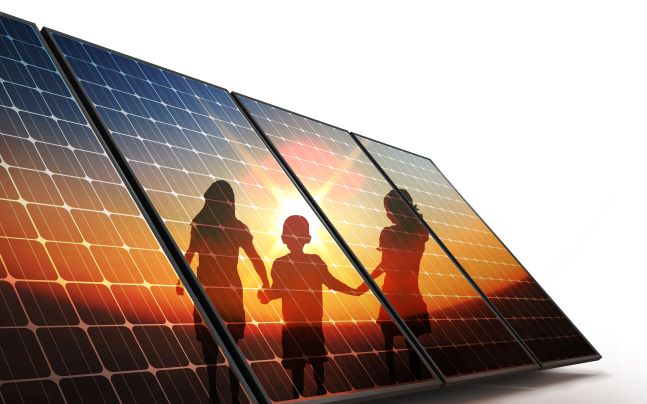We often focus on how clean energy use affects climate change, but how does climate change influence solar energy use? We’ve got the answer – and it’s probably not what you would expect.
Climate Change
Climate change is a term used to explain changes in weather patterns and temperatures over a long period. While some climate change is naturally occurring – for example, the Ice Age – some are induced by human activity.
Most notably, burning fossil fuels has had the most significant impact on our current climate. As humans burn more fossil fuels, the gasses produced move up into the atmosphere, where they trap heat. As more heat is trapped, temperatures on Earth rise, and weather patterns change.
Using clean energy sources reduces the production of heat-trapping gasses and lessens their impact on Earth’s climate. Experts predict that even after we stop producing these greenhouse gasses, it can take one thousand years to reverse climate change. In the meantime, though, how is climate change affecting solar energy use?

How Solar Energy Works
When the sun’s rays hit a solar panel, it captures solar energy, and the energy particles from the sun’s rays convert into electrons. Those electrons travel through the solar panel cells and convert them into direct current electricity. The direct current electricity flows to an inverter that turns the direct current into an alternating current that powers the household.
How Climate Change Influences Solar Energy
Many people mistakenly believe climate change is a positive thing for solar energy production – after all, don’t hotter temperatures mean the sun’s rays are stronger?
No.
The temperature increases attributed to climate change result from heat-trapping gasses enveloping the Earth. The sun is not producing any more – or stronger – rays than it previously was.
Contrary to popular belief, trapped greenhouse gasses don’t “cloud” solar panels, either. Greenhouse gasses do not block solar rays from traveling down to solar energy panels.
What climate change does do, however, is impact solar energy through weather change. As more greenhouse gasses build up in the atmosphere, they interfere with weather patterns. For example, warm air can hold more moisture than cool air, so as greenhouse gasses raise atmospheric temperatures, the rains and storms we get are more severe and longer-lasting. Worsening bad weather means fewer solar rays reaching solar panels, so solar panels cannot capture as many photons to generate energy.
Technical Difficulties
It is not just the worsening storms that influence solar panel efficiency. Warmer temperatures put increased strain on the materials used to construct solar panels. As temperatures creep up, solar panels become less efficient because they struggle to function optimally.
Conclusion
Fortunately, the effects of inclement weather and increasing temperatures on solar panels are currently limited. To prevent any worsening climate change effects, however, it is up to us to switch to clean energy sources as soon as possible. The sooner we eliminate the toxic gasses our current energy sources produce, the better off we will all be.